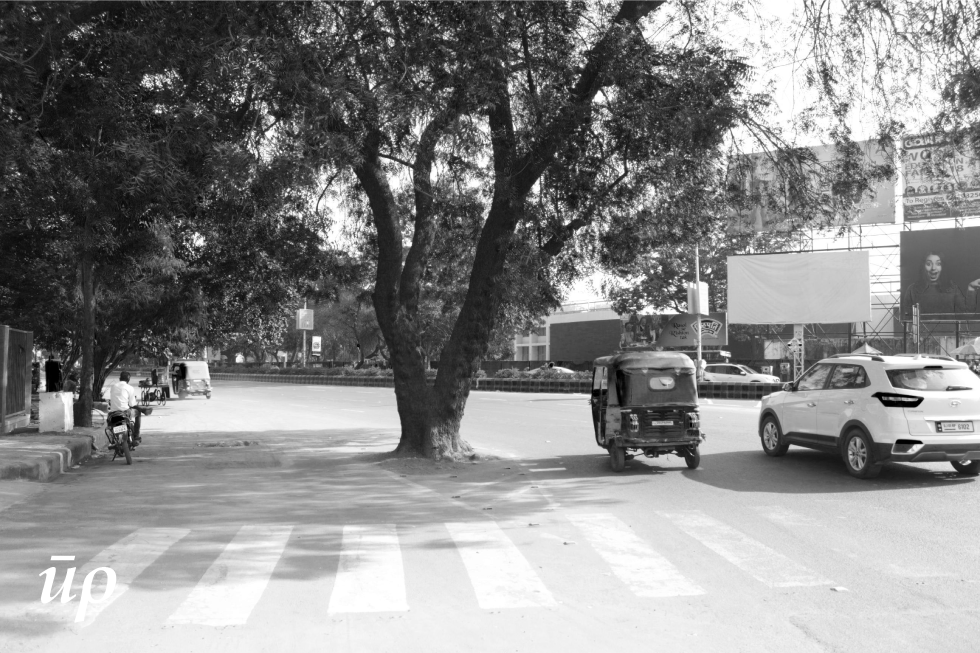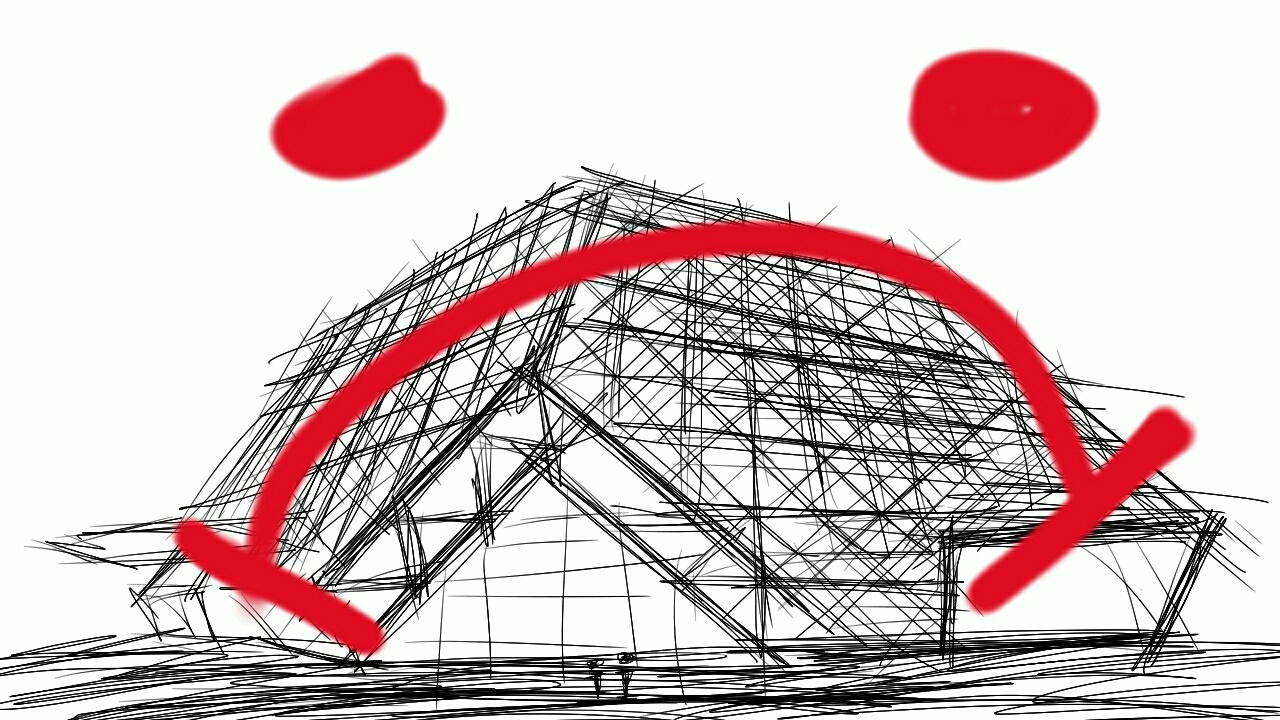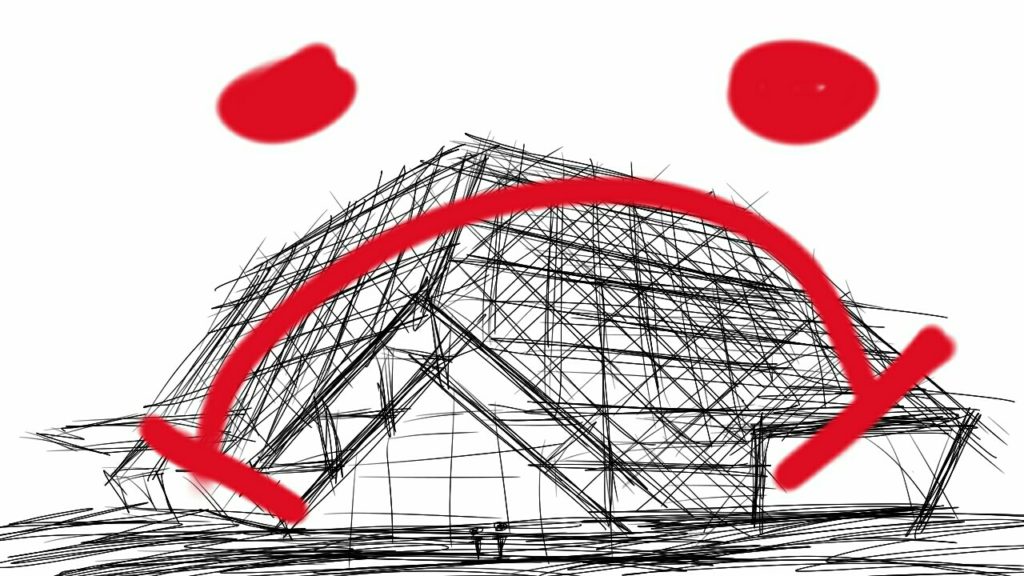Note: There are many instances where design appears to fail, where people through their use or behaviour subvert or reject design intentions, in the public realm that remains in plain sight and goes unnoticed by most of us in everyday life. This study revolves around and maps out instances where trees become the anchor point to interpret the correlation between the design intentions and behaviour of various users of public spaces. The study focused on the 3 km stretch from University Road to Navrangpura Gam in Ahmedabad.
Trees in the city play an important role, they are widely distributed from the middle of the road, on the pavement, in between the boundary walls. They are living landmarks that define space, contribute to air quality, and connect us to nature. Despite their ubiquity, most of us take trees for granted and know little of their civic virtues. The photo essay looks at the problems and possibilities of the trees in structuring the public realm of a street. In what way they are considered a liability by the designer while an opportunity, to inhabit, appropriate and exploit spaces they create, by the users in various ways. Continue reading “To Tree Or Not To Tree”


